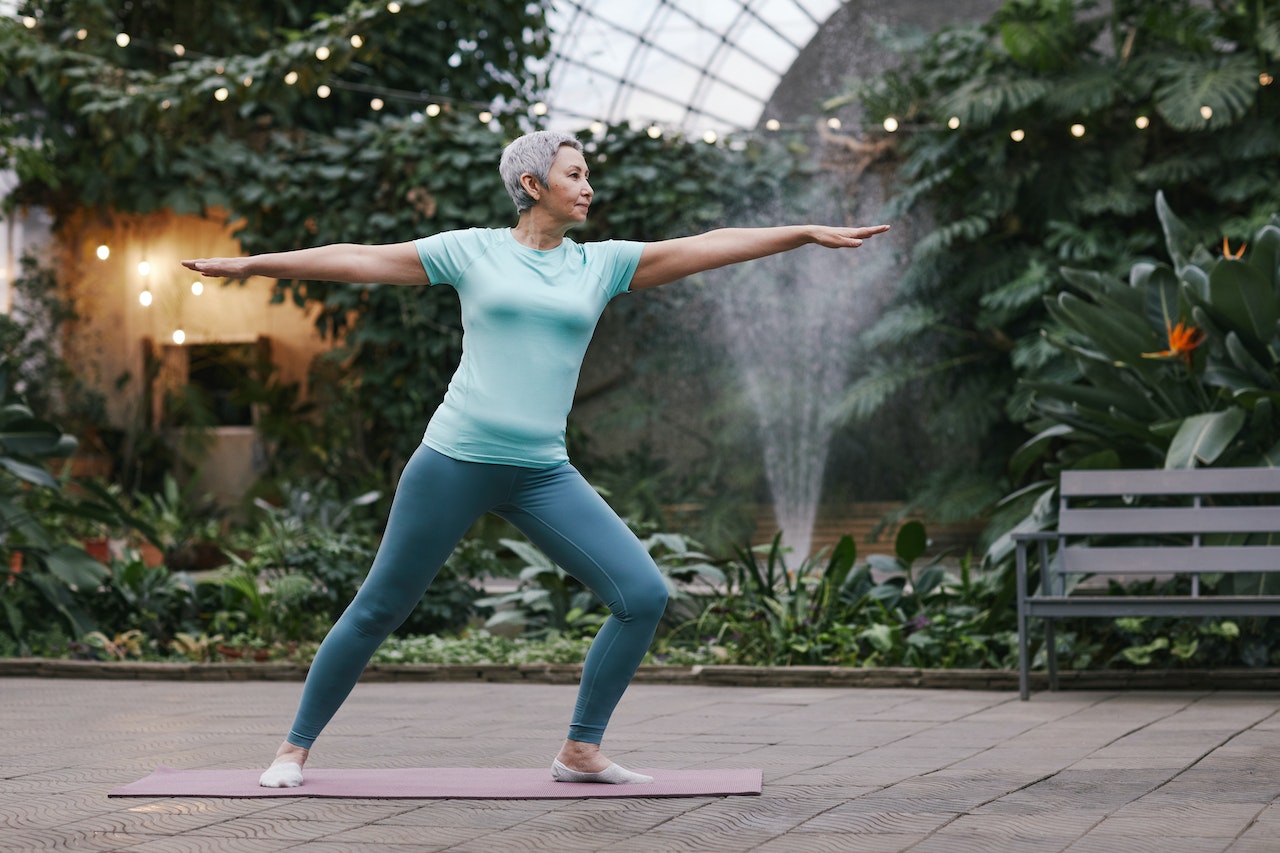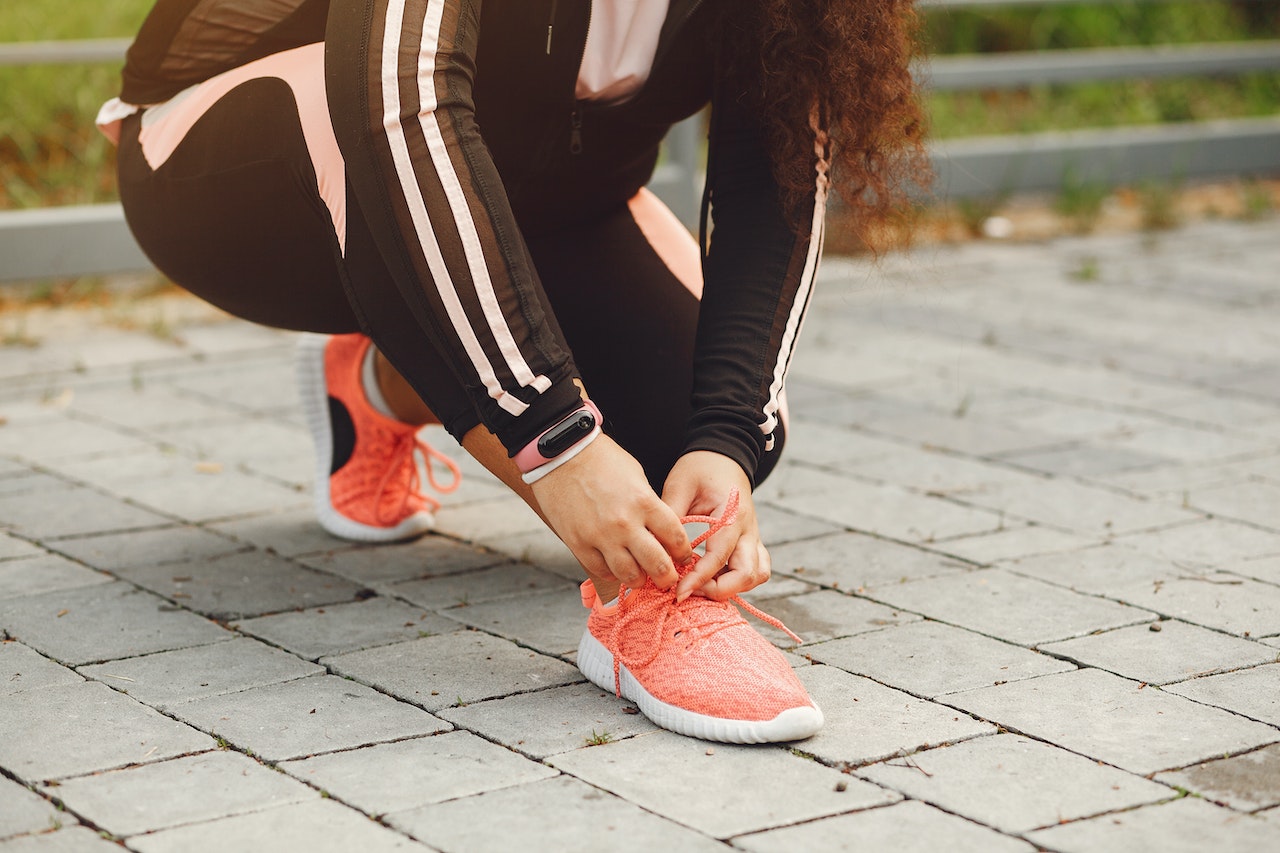For many people, achieving and maintaining optimal health is at the top of their to-do list. This goal can sometimes feel very distant, and finding the right balance between the hustle and bustle of everyday life can pose a challenge. Activities and specific modifications can create significant positive changes in your overall health. If implemented thoughtfully, these changes can be foundational for improvements in your life. Let’s look at some helpful tips to make you happier and healthier today.
Make Necessary Changes To Your Diet
We know this isn’t a huge revelation, but changing your diet can benefit your mental and physical health. After all, a well-balanced diet is at the core of general well-being. Most nutritionists recommend a diet high in fruits and vegetables, low-fat dairy, lean protein, and whole grains for optimal energy levels. Try your best to avoid highly processed foods or ones high in sugar. Get rid of empty carbs and, most importantly, avoid fast food!
Get A Proper Amount Of Sleep Each Day
Another big one! Prioritizing your sleep levels is one of the best ways to set yourself up for a successful day. Sleep deprivation can cause you to go through your day feeling grumpy, unenergized, or burnt out. Fix this by going to bed and waking up at a reasonable time. Consider adding another step into the process to make it feel more worthwhile, like making your bed so that you have a nice, neat bed to lay back into at night or consistently make yourself an excellent breakfast in the morning. Whatever you need to get that sleep schedule on track, go for it! Most health professionals recommend a person get between seven and eight hours of sleep a night.
Set Goals For Yourself
A feeling of accomplishment is one we rarely forget. Think of a time when you wanted to get something done and how fulfilled you felt once it was accomplished. It’s very healthy to set goals of varying sizes for yourself. Maybe one day, you want to clean out a room of your house you barely step in, or perhaps you want to save up enough money to go on that dream vacation a year from now. Whatever the goal is, setting responsibilities for yourself that can be realistically met is a huge step up for your mental health. It never hurts to increase your self-value and self-worth.
Get Exercise
Sometimes, sitting around and not doing much can be relaxing or therapeutic, especially if you’ve had a long and eventful day. However, too much sitting around can leave you stagnant and affect your health. If you find yourself lethargic or depressed from being couped up in the house doing nothing, exercising could turn this feeling around. The US Department of Health recommends that a healthy adult get at least 150 minutes of moderate physical activity weekly. Excluding the weekends, that only means 30 minutes a day. Remember to start small and build up to greater intensity over time.
Go After What You Want
What makes you happy in life? Is it spending time with family and friends? Forming a healthy long-term relationship with a partner? Achieving your dream career? Maybe it’s just getting out of your town and seeing the world? We often get stuck in the everyday routine and never really take time to care for ourselves. Remember, it is your life. Please take care of yourself physically, mentally, emotionally, or financially. Keeping your health and happiness in check is one of the most important things you can do for yourself.
Dr. Barbara R. Edwards, Princeton Internist, practices at Penn Medicine Princeton Health in the Penn Medicine Princeton Medical Center. She is also the Academic Director for the Ambulatory Residency Program at Penn Medicine Princeton Health.






